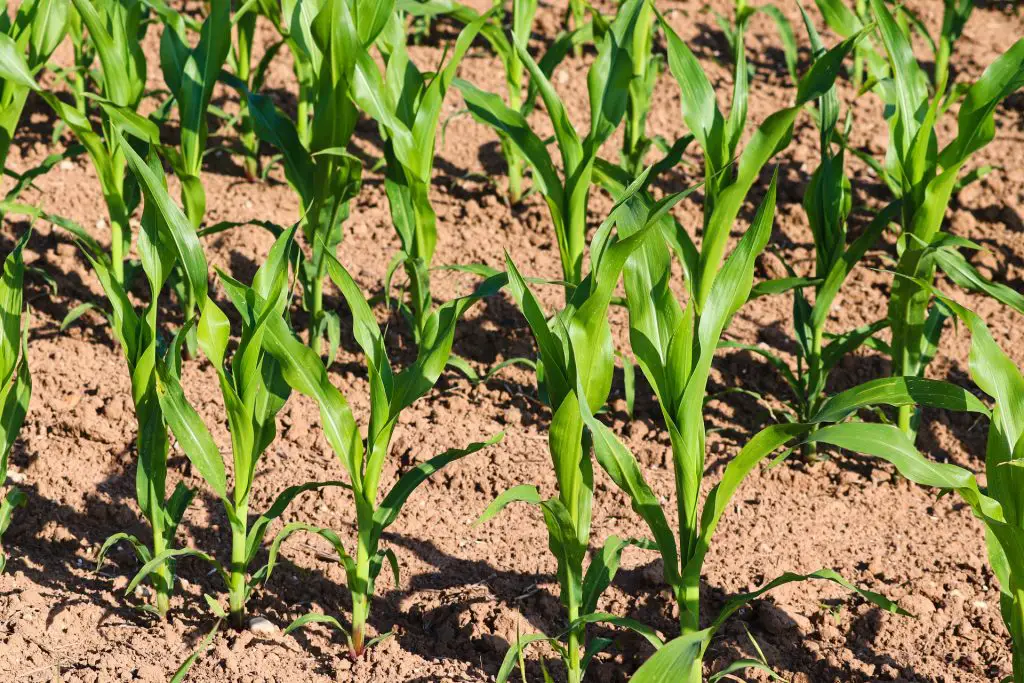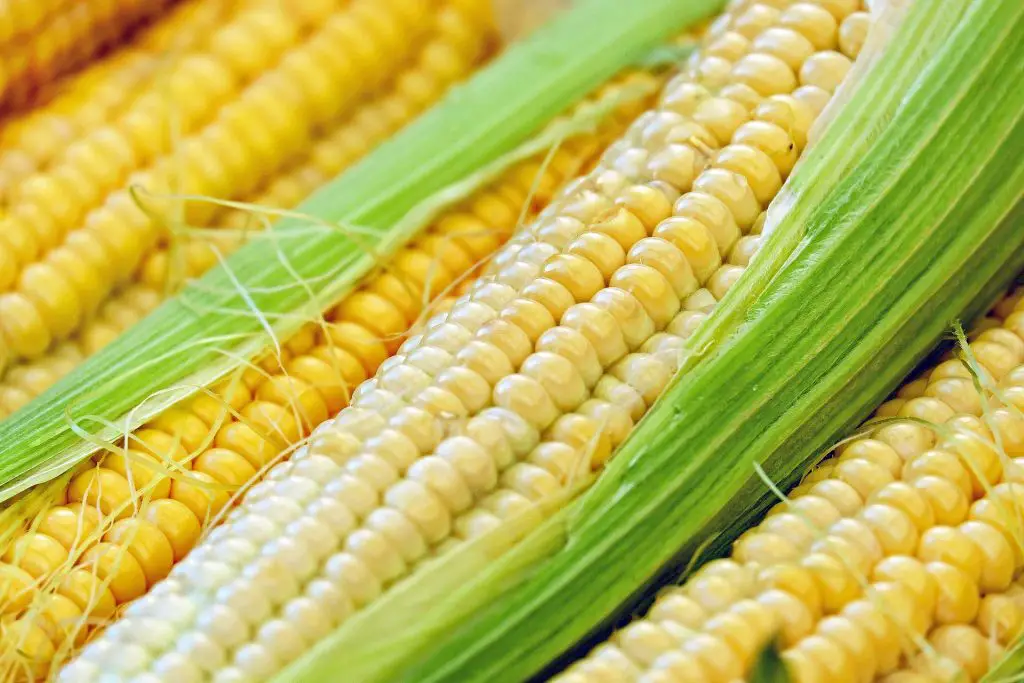Can You Grow Corn From An Ear Of Corn From The Grocery Store? Corn is one of the most popular vegetables to grow in the garden during summer because the crops taste incredibly sweet particularly when they are eaten immediately after being picked. However, one of the most common questions that is asked is can you actually grow corn from an ear of corn from the grocery store?
It is possible to grow corn from an ear of corn from the grocery store, however, the results that you may get will be somewhat variable because most commercially produced sweet corn is grown from hybrid seeds. Hybrid seeds are genetically unstable which means that it is likely that the corn that is grown will not have the same properties as the parent plant.
The hybrid seeds that are most commonly produced for commercial purposes have been crossed in the previous generation to create specific properties, however, as the subsequent generations of plants will undergo further hybridization it is common to see less than 5% of the next generation being genetically similar.
As a result of this, it is far better to grow your own corn at home from purchased seeds and then keep the corn kernels as seeds for the following year. However, it is important to note that the vast majority of seeds that is available in the market even for home gardeners are generally produced from hybrid varieties therefore it is important that you identify those varieties that are heirloom varieties or open-pollinated varieties.
These varieties will produce seed that is true to type on a consistent basis. To ensure that you purchase open-pollinated varieties it is important to look for terms in the name such as hybrid and F1 which is an indication that the seed has been hybridized. Alternatively, you can visit a company like seeds now which only sells heirloom varieties and specialises in unique and unusual varieties. To check out their website click on the link below.
How To Grow Corn From An Ear Of Corn
Growing corn from existing ears is relatively easy to do and most experienced gardeners do this on a yearly basis. Once you produce corn from an open-pollinated seed you will have cobs of corn that can be saved for the following year. The simplest and easiest way to do this is to put 2 to 3 corn cobs aside at the end of the harvest in a dry location.
In these locations, the kernels of the corn will dry out on the cob over a period of several months. Once the kernels of corn are fully hardened on the cob and have an appearance similar to popcorn the kernels can simply be snapped off and stored in an envelope ready to plant for the following year.
How To Plant Corn Seeds
Corn crops are relatively easy to produce for most people however the trick to having a consistent crop for a long period of time is sowing successional seeds several times throughout the season to ensure that you have several batches of corn coming through that are ready at different stages.
To ensure that you get corn as early as possible most gardeners generally plant seeds right at the end of winter or in early spring indoors when the weather is still cold as corn is a frost-sensitive crop. To start the seeds off at this stage most gardeners fill the seed tray with good quality seed raising mix and then firm it into the individual cells to form plugs. This is advantageous later on because it reduces the amount of root disturbance that occurs when the seedlings are transplanted.
The corn seeds should be planted at a depth of approximately half an inch with one seed per cell as corn generally has a high germination rate. The seed tray should then be placed in a relatively warm location indoors that gets plenty of sunlight.

The corn seeds will generally take approximately 4 to 6 weeks to reach the point at which the seedlings are ready to be planted outside and during this period is important to keep the soil moist consistently.
To ensure that you have successional crops it is a good idea when the first batch of seedlings reaches maturity to plant a second batch indoors to stagger the harvest using the same procedure as mentioned above.
When the weather really warms up you can begin to plant corn seeds directly into your garden beds every 4 weeks or so until mid summer and this will ensure that you have several months of corn available to eat.
Transplanting Corn Seedlings Into The Garden
Corn seedlings should be transplanted into the garden only when the risk of frost has passed. Corn seedlings should ideally be planted approximately 1 ft apart in a block of seedlings rather than in a row.
The reason for this is that corn seedlings are wind pollinated which means that planting them in a block rather than in a single row increases the chances of pollination occurring.
In terms of the location, corn seedlings need to be planted in a sunny location that gets at least 6 to 8 hours of sun per day. The soil should ideally be rich moist and free-draining, however, if you don’t have the ideal soil you can always add an additional bag of compost before planting.
In addition to planting corn, many gardeners also plant other vegetables with trailing vines which includes things like pumpkins, cucumbers, watermelon, and rockmelon. These plants do not interfere with the corn and are often beneficial as they provide a ground cover reducing the level of weeds and helping to retain moisture.

If you are considering planting a second crop within the corn it is a good idea to replace one of the Corn seedlings within your planting grid with an alternative crop rather than trying to cram extra seedlings into too smaller space.
Once the corn is in position it generally does not require much maintenance as corn seedlings are generally not susceptible to attack from slugs and snails. The main job to ensure that corn remains healthy is to water at regular and remove any weeds as they appear to minimize any competition.
Harvesting Corn
The precise timing in which to harvest corn can be a little bit tricky. The easiest way is to simply wait until the corn produces white spindly fibres from the top of the ears of corn. These fibres will then turn brown which is the point at which you can begin to check your ears of corn to see if they are ripe.
To do this peel back the outer sheath of the corn and use a thumbnail to prick one of the kernels to check the color of the juice that is released. If the juice released is milk in colour the corn is ripe and ready to pick.
If not the sheath should be put back over the top of the corn and left for another week before doing a second test.
I hope you found this article useful and have great success growing corn at home no matter how you try to do it. If you have any additional comments or questions please leave them in the section below.
Relevant Articles
How Long Does It Take For Corn Seeds To Germinate? How Does Temperature Effect It?
Can You Plant Popcorn Seeds From The Store?
Will Deer Eat Corn? And How To Protect Your Crops.

